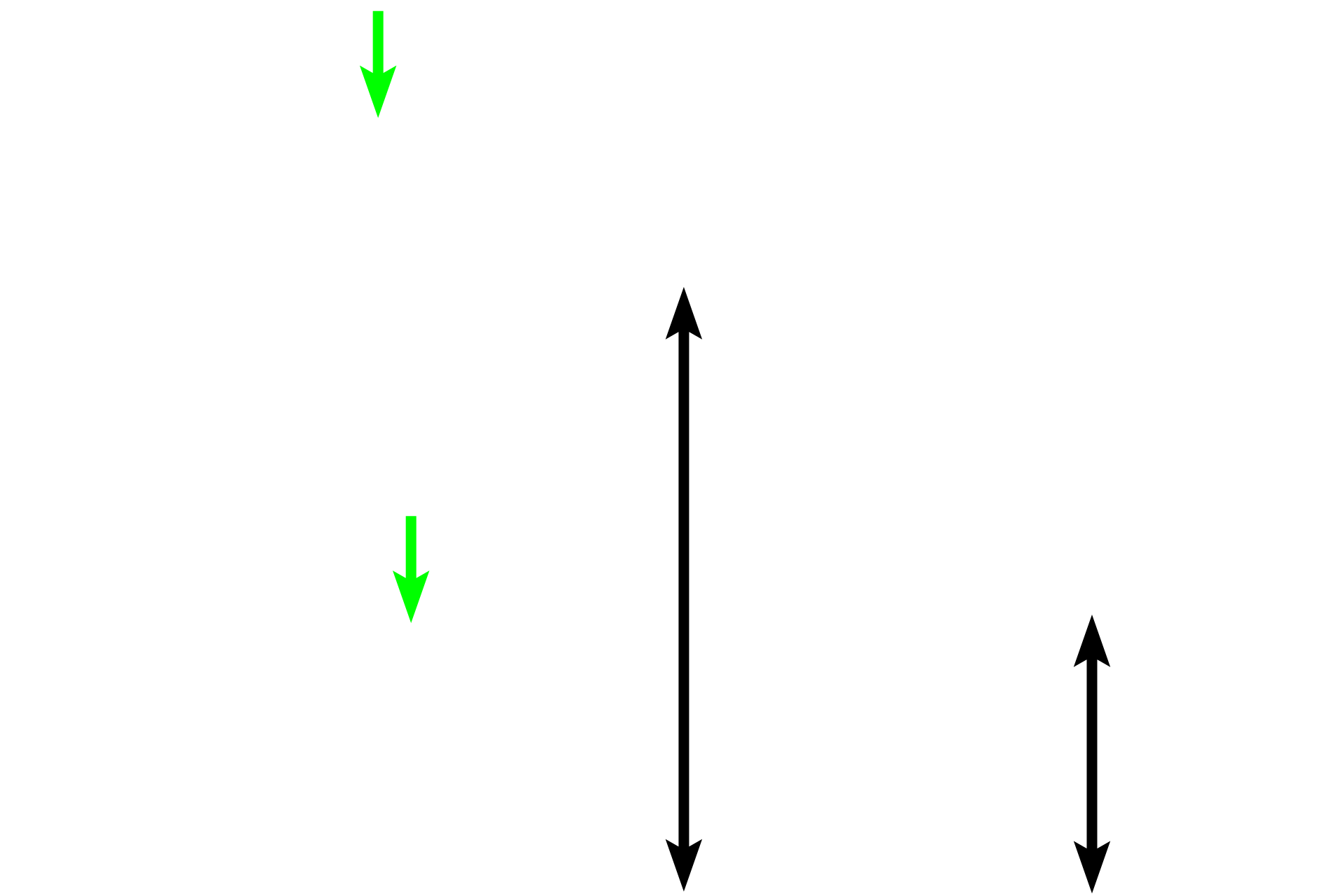
Organs
Some organs are not usually thought of as organs, but because they are formed by two or more tissues, they are truly organs. Bone, skin and blood vessels fall into this category. 100x, 100x, 400x

Bone >
Bone is an organ because it is composed of several types of connective tissue (the tissue bone, bone marrow, and a connective tissue covering), blood vessels (composed of epithelium and muscle), and nerves.

Skin >
Skin is composed of an epidermis of epithelial tissue and a dermis of connective tissue. Blood vessels and nerves supply the skin.

Artery >
Blood vessels, like this medium artery, are lined by an epithelium and have a wall composed of muscle and connective tissue. Vessels may even have their own blood and nerve supplies, although neither is visible here.

Epithelium >
Two of these organs have a free surface which, therefore, is lined by an epithelium. The free surface of the skin is the exterior surface of the body and the free surface of the artery is the lumen through which blood flows.

Connective tissue proper >
Several types of connective tissue are found in these three organs. One type, connective tissue proper, forms a covering for bone, the dermis of skin, the hypodermis beneath the skin, and part of the wall of the artery.

Bone >
Bone, another type of connective tissue, has a firm, calcified matrix that gives bone its rigidity. Bone cells are present within the matrix and on the bone surface.

Bone marrow >
The spaces within bone are filled with another type of connective tissue called bone marrow.

Muscle >
Muscle is a frequent component of organs and forms a majority of the arterial wall. Muscle also forms an important component in the walls of hollow organs, as seen in the previous image. Muscle is absent in bone, except in the walls of the vessels supplying the bones; except for a band of muscle attached to hair follicles, muscle is also absent in skin.

Blood supply >
Blood vessels supply all three of these organs, although they are only visible here in the sections of bone and skin.